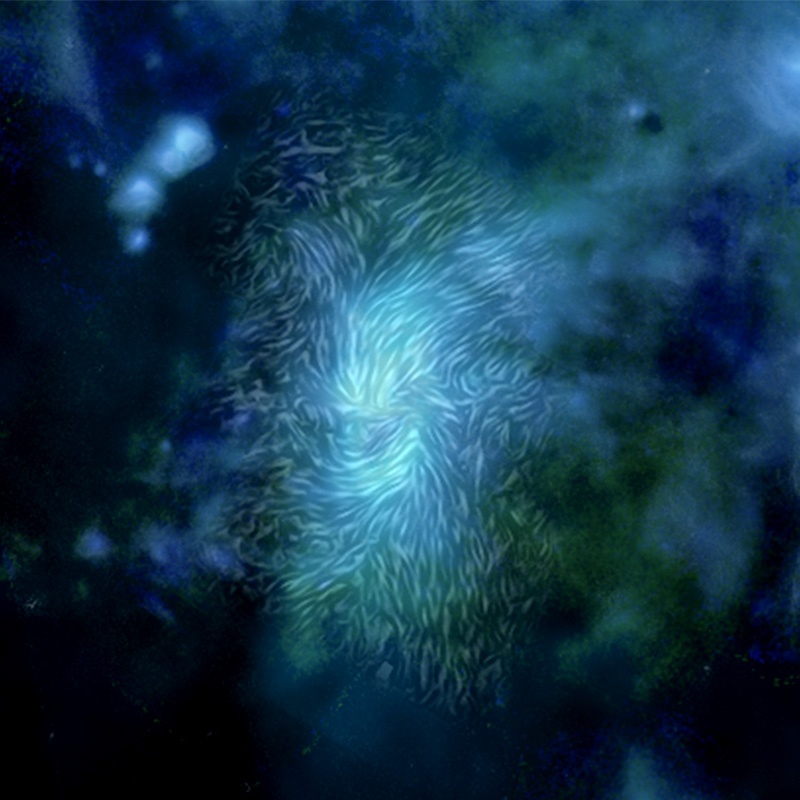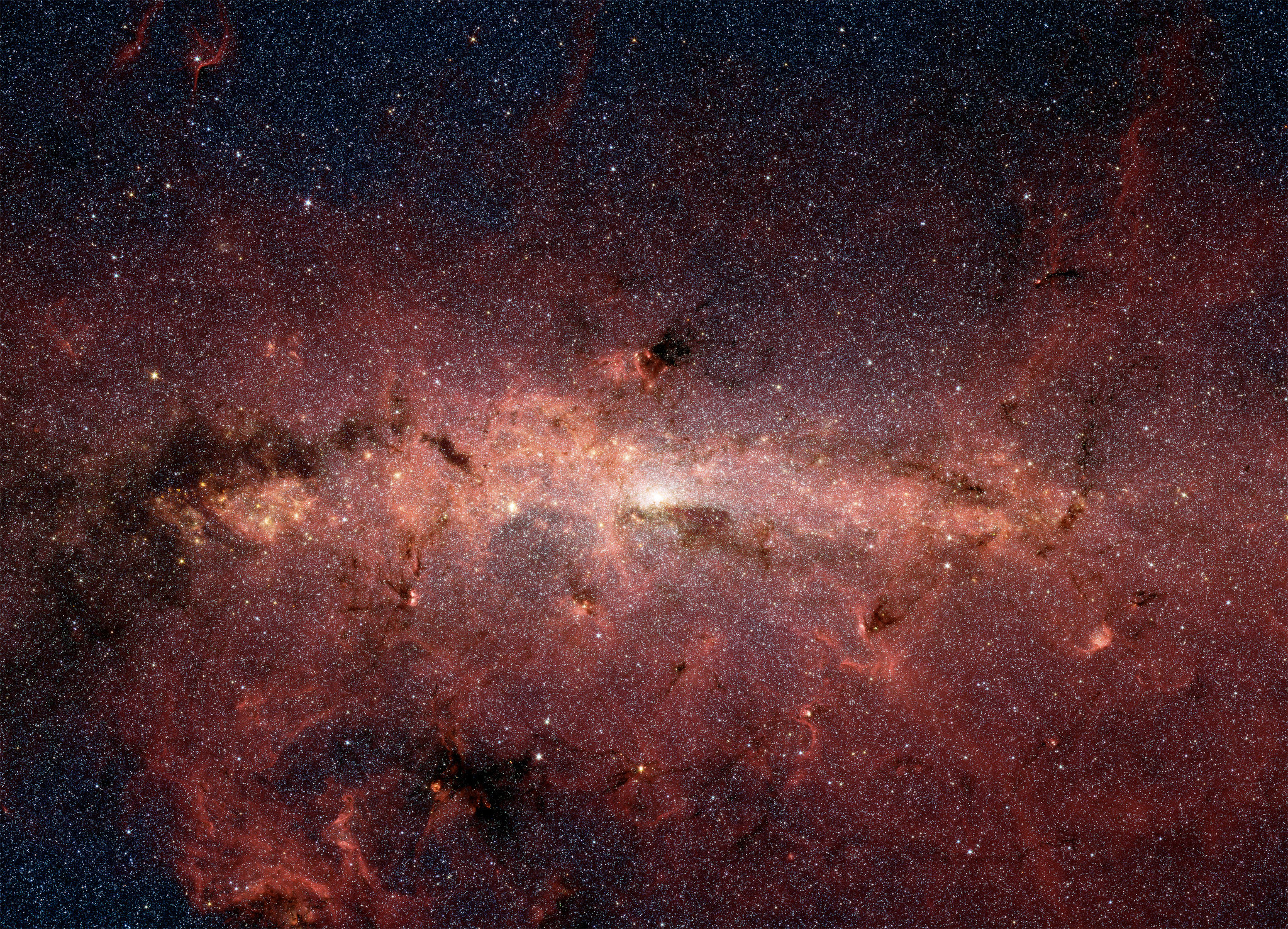The center of the Milky Way is home to a giant black hole, but new research suggests that it isn’t the only big player in the downtown core of our galaxy – massive magnetic fields also shape and drive the flows of gas there.
As gas and dust swirls down to be consumed by the giant black hole at the center of our galaxy (dubbed Sagittarius A*), it forms a tight, compact, rapidly rotating disk. That spinning plasma generates a strong magnetic field, created as field lines inside the disk fold in and over on top of themselves, amplifying in a dynamo mechanism.
While that strong magnetic field is a major player in the dynamics of the accretion disk around the black hole, astronomers had previously thought that it had limited ability to influence anything much beyond that.

But then they looked at dust. Using the Stratospheric Observatory for Infrared Astronomy (SOFIA, also know as the big airplane+telescope contraption), astronomers at the Universities Space Research Association examined the center of our Milky Way in detail. They specifically looked for the polarization of infrared light from tiny little grains of dust. The grains of dust spin perpendicularly to the magnetic field, and so the polarization of the light reveals the shape and strength of the magnetic field.
They found that the magnetic field is much stronger and much more widely distributed than previously thought, meaning that it can shape the flows and directions of gas well before it reaches the inner accretion disk and the black hole itself. In this same region, we used to think that the black hole’s gravity was the only major force driving motion. Now it appears it has a magnetic counterpart as well.
We know that there is a complex relationship between galaxies and their giant central black holes, affecting everything up to and including star formation. This new result just makes it even more complicated.

